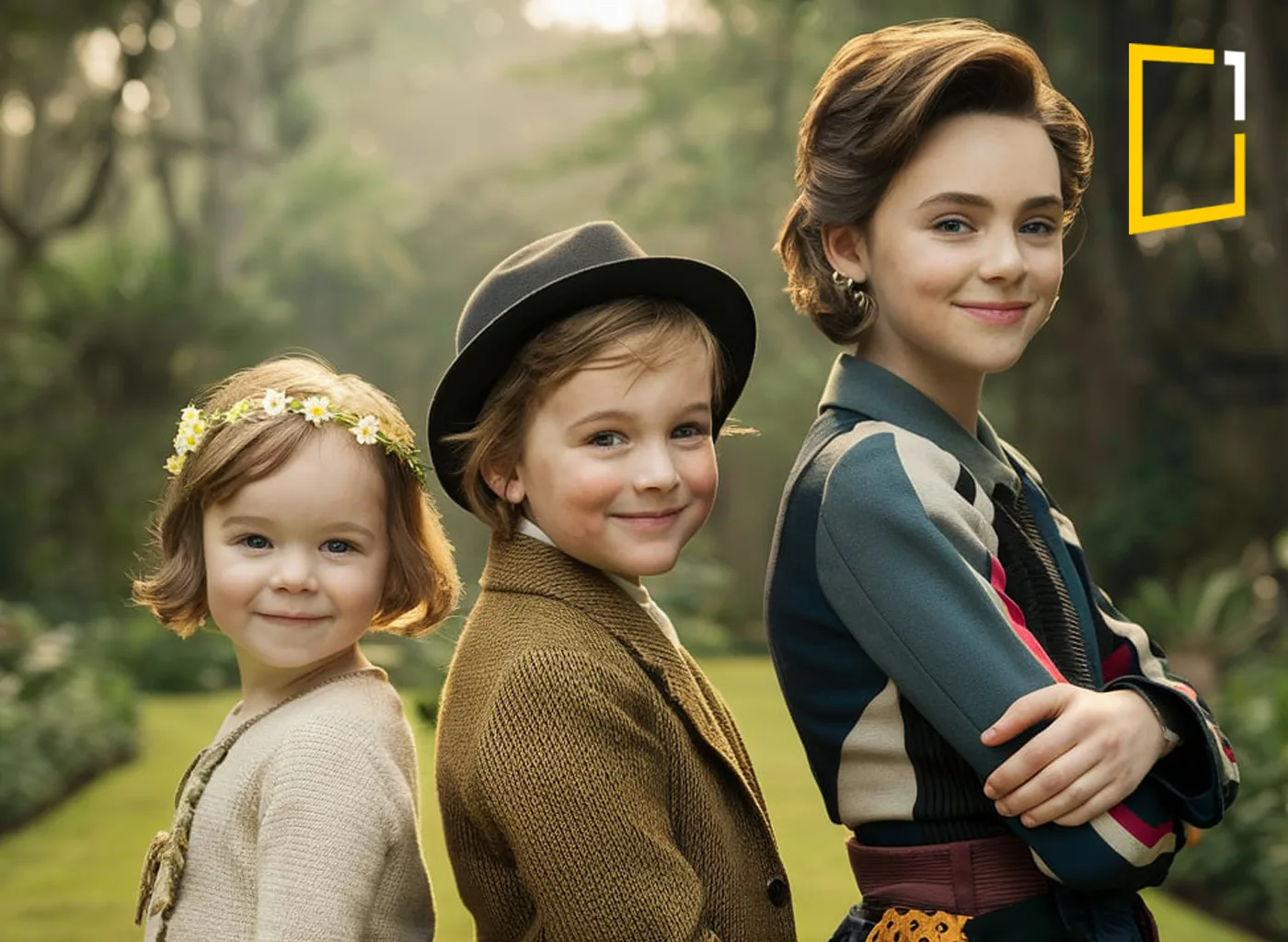Family dynamics are fascinating, often playing a significant role in shaping who we are. The debate over whether being the oldest vs. youngest sibling significantly influences personality has intrigued psychologists and researchers for decades. Birth order theory, a concept first introduced by Alfred Adler, suggests that the position one holds in the family hierarchy can impact various personality traits. But how much of this theory holds true? Let’s dive into the nuances of how birth order might shape personality.

Understanding Birth Order Theory
Birth order theory posits that the family position—firstborn, middle child, or youngest—can affect personality development. This theory explores the differences between the oldest vs. youngest sibling in shaping various traits. Alfred Adler, an Austrian psychiatrist, was one of the first to propose this theory, suggesting that each birth position comes with distinct traits and challenges. The oldest vs. youngest sibling debate is central to understanding how family hierarchy influences personality, with firstborns often seen as responsible leaders and youngest siblings as more carefree and outgoing.
Traits of the Oldest Sibling
Firstborns often bear the brunt of parental expectations. They are usually seen as responsible, reliable, and organized. This is partly because they are often given more responsibilities at a younger age, such as looking after younger siblings. Consequently, they may develop leadership skills and a penchant for taking charge.
Traits of the Youngest Sibling
The youngest sibling, on the other hand, is often perceived as more carefree and outgoing. They tend to receive more leniency from parents, allowing them to be more experimental and sociable. This can lead to a more relaxed approach to life and a knack for seeking attention and social connections.
Middle Child Syndrome
The middle child often feels left out, not having the privileges of the firstborn nor the attention of the youngest. This has led to the term “middle child syndrome,” suggesting that middle children might develop feelings of neglect. However, this position can also foster independence and strong social skills, as middle children often learn to carve out their niche within the family.
The Influence of Parenting Styles
Parental behavior can heavily influence the development of a child’s personality. For instance, authoritative parenting, which combines warmth and structure, can help foster self-esteem and social competence regardless of birth order. Conversely, authoritarian parenting might exacerbate the pressure on firstborns or the leniency on youngest siblings.
Cultural Considerations
Cultural factors also play a significant role in shaping personality. In some cultures, the oldest child may bear more responsibility and expectations due to traditional values. In others, the youngest might be more cherished and protected. These cultural dynamics can either reinforce or contradict the typical birth order traits proposed by Adler.
The Role of Genetics
While birth order theory focuses on environmental influences, genetics also play a crucial role in personality development. Traits such as temperament, intelligence, and even specific behaviors can be inherited, adding another layer of complexity to the birth order discussion.
The Modern Family Structure
Today’s families often look different from the traditional model. With more blended families and varying family sizes, the impact of birth order might be less pronounced. In smaller families, for instance, the traits associated with middle children might not be as apparent due to the lack of a true middle child.
The Impact of Sibling Relationships
Sibling relationships themselves are pivotal in personality development. A strong bond between siblings can foster positive traits such as empathy, cooperation, and conflict resolution. Conversely, rivalry and competition can lead to negative outcomes like anxiety and low self-esteem.
The Debate Among Psychologists
Not all psychologists agree on the significance of birth order. Some studies suggest minimal impact, while others highlight notable differences in personality traits among siblings. The debate continues, with many experts advocating for a more holistic view that considers multiple factors beyond birth order.
Real-Life Examples
Real-life examples can provide insight into how birth order might shape personality. Consider famous firstborns like Jeff Bezos and Oprah Winfrey, known for their leadership and drive. Contrast this with youngest siblings like Eddie Murphy and Jim Carrey, who are celebrated for their creativity and humor.
While birth order can influence personality traits, it is not the sole determinant. A myriad of factors, including parenting styles, cultural context, genetics, and individual experiences, contribute to the development of personality. Understanding these dynamics can provide a more comprehensive view of how our early family environment shapes who we become. Ultimately, whether you’re the oldest, youngest, or somewhere in between, your personality is a unique blend of influences that go beyond mere birth order.
—————————————————————
Thanks for joining this wild ride. Stay curious, stay tuned, and let’s make our world brighter!
Check out the latest blog and video on YouTube and learn something new today.
Attention, all readers! To deepen your understanding and stay informed on the latest news and trends, be sure to click on the link to access more informative articles.
Join the family by liking us on Facebook, or follow us on Twitter and Instagram.
If you liked this story, sign up for the weekly OneMinuteExplore features newsletter called “The Essential List”. A handpicked selection of stories from OneMinute Nature, Wildlife, Culture, Travel, Stories, and more… delivered to your inbox every Weekend.
👉 We may earn a commission from purchases made through links in this content, but it won’t affect your price. Rest assured, our recommendations are based on thorough research and genuine belief in the products. Your support through these links helps us continue providing valuable content. Thank you for your support!













